#Polar Climate
Text
Natural History Museum of London's Wildlife Photographer of the Year award is Nima Sarikhani for this beautiful image of a sleeping young polar bear. Congratulations!
The polar bear world has been irrevocably endagered due to climate change making this image as poignant as it is sweet.
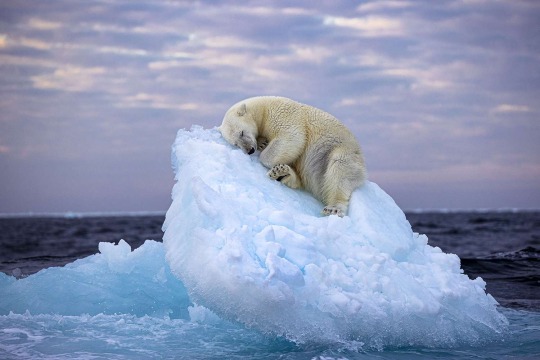
610 notes
·
View notes
Text

📷 @flictedimages
#animals#nature#climate change#science#climate science#capitalism#politics#polar bear#arctic#environment#conservation
786 notes
·
View notes
Text
Over the past few days, extremely cold Arctic air and severe winter weather have swept southward into much of the U.S., breaking daily low-temperature records from Montana to Texas. Tens of millions of people have been affected by dangerously cold temperatures, and heavy lake-effect snow and snow squalls have had severe effects across the Great Lakes and Northeast regions.
These severe cold events occur when the polar jet stream—the familiar jet stream of winter that runs along the boundary between the Arctic and more temperate air—dips deeply southward, bringing the cold Arctic air to regions that don't often experience it.
Continue Reading.
248 notes
·
View notes
Text
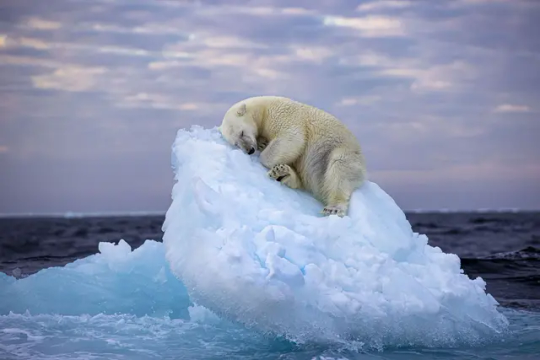
In Dr. Douglas Gurr's words, "This breathtaking and poignant image allows us to see the beauty and fragility of our planet. His thought-provoking image is a stark reminder of the integral bond between an animal and its habitat and serves as a visual representation of the detrimental impacts of climate warming and habitat loss."
This photo is heartbreakingly beautiful. No wonder the ‘Ice Bed’ by Nima Sarikhani won the 'Wildlife Photographer of the Year ' Award.
#polar bears#habitats#climate warming#habitat loss#sleeping bear#touching images#wildlife photography#beautiful nature photography#awww#iceberg#Norway#frozen North#wildlife#wild animals#sleeping animals
155 notes
·
View notes
Text
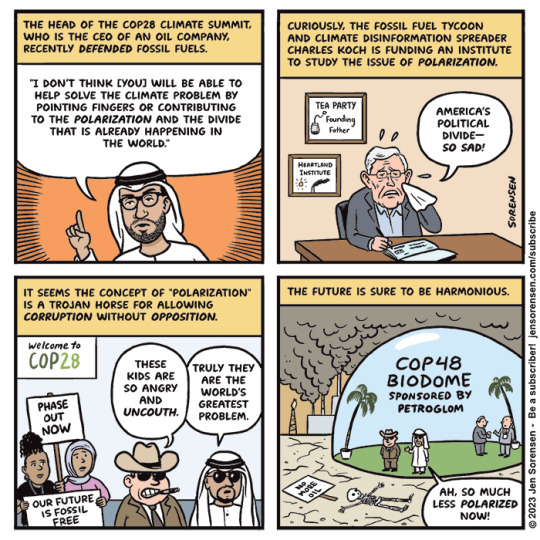
"Polarization" has become a weasel word for bad actors to stop legitimate criticism. The fact that we're seeing it used by an oil CEO to deny climate science should set off alarm bells.
Help keep this work sustainable by joining the Sorensen Subscription Service! Also on Patreon.
#cartoon#politics#comic#climate change#cop28#climate crisis#polarization#language#environment#fossil fuels
57 notes
·
View notes
Photo

Photograph: Marco Gaoitti
Available at Prints For Wildlife, a photography project to raise money to help safeguard 30m hectares of Africa’s protected parklands.
#polar bear#climate change#black and white#b&w#monochrome#minimal#wildlife#animals#nature#photography#cute#fauna#cute animals#wildlifephotography#peace#peace photography
514 notes
·
View notes
Text
Unfortunately, I truly believe that I will see polar bears become extinct in my lifetime. The only thing that can save them is rapid action to stop global temperature increases and preserve winter arctic sea ice.
16 notes
·
View notes
Text
This Will be the End of Our Planet
[Video Credit: cancelprojectwillow0 on Tiktok]
The Willow Project has been approved by Biden but there are plans to oppose the action in court. It's our final hope and signing the petition is a way you can help. The Petition is free to sign all it takes is; your name, country and email. There is an option to donate but it is not mandatory to allow you to sign.
Please sign! The goal is to reach 4.5m+ signatures and it is currently at 3.3m
The Earth needs us. This Project will be the end of our planet.
#cancel project willow#project willow#the willow project#earth matters#no planet b#climate crisis#climate change#please sign#petition#help#important#urgent#boost#boost post#change.org#arctic ocean#the arctic#polar bear#arctic fox#arctic wolf#david attenborough#world matters#save planet earth#bidensucks#biden#president biden
97 notes
·
View notes
Text
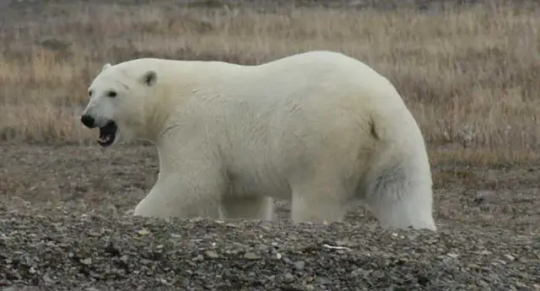
As Arctic sea ice melts away, so does the polar bear's food supply.
#Polar bear#Coningham Bay#Prince of Wales Island#Nunavut#Canadian Arctic#wildlife#global warming#habitat#predation#climate change#ecology#nature photo#conservation#NWT
23 notes
·
View notes
Text


It’s not easy to swim 175 km (109 mi.) when you’re starving to death. It’s not easy either to try to survive when you’re shedding body weight at a rate of 1 kg (2.2 lbs.) a day.
And it might be hardest — or at least most tragic — of all if you’re a nursing mom and your calorie intake has dropped so low that you can no longer produce the milk you need to care for your young.
As a new paper in Nature Communications reveals, all of those challenges and more are facing the world’s polar bears, thanks to vanishing sea ice in our warming world, denying the animals a platform that they need to hunt for seals.
If the trend isn’t reversed soon, the estimated 26,000 polar bears in the wild could start to lose their hold on survival before the middle of this century.
The researchers were less interested in establishing the fact of the bears’ food plight; scientists are already aware of that problem.
What they were more focused on learning was both how gravely the nutritional loss is affecting the animals’ health and the alternative food sources they’re scrounging for on land.
To do their work, the scientists followed 20 different polar bears in Manitoba, Canada, from 2019 to 2022, fitting them with GPS trackers and video collars and periodically tranquilizing them and analyzing their blood, body mass, daily energy expenditure — basically a measure of calories coming in versus calories going out — and more.
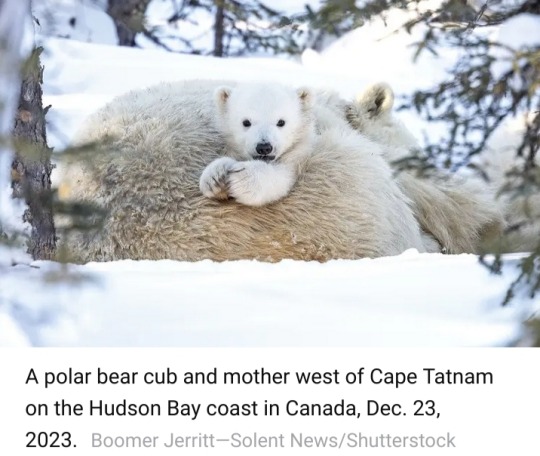
“The polar bears in Hudson Bay [Canada] are probably at the edge of the range at which they can survive right now,” says Anthony Pagano, a research biologist with the U.S. Geological Survey and the lead author of the paper.
“Most of the modeling work suggests that around 2050, they are going to be on land and away from their primary habitat [on the ice].”
The contraction in range of the Hudson Bay community is likely to be reflected in the ranges of the 18 other polar bear subpopulations scattered throughout the Arctic as well.
Across the arc of the study, the data Pagano and his colleagues gathered was troubling.
Weight loss varied from bear to bear, with the daily loss of 1 kg representing just an average.
Some of the subject animals dropped up to 1.7 kg (3.75 lbs) every 24 hours.
That may not seem like much when an adult male polar bear can tip the scales at 550 kg (1,200 lbs) and a female at 320 kg (700 lbs), but it can add up fast.
And with less available to eat, the hungry bears have to travel farther and farther distances to find their next meal.

The individual that swam 175 km — a young female — set the record among the bears studied, but another, older female also covered 120 km (75 mi).
The endurance swims in search of food are energy-intensive and often fruitless for the bears.
They are efficient hunters when they’ve got the purchase of ice beneath them, Pagano and his colleagues explain, but they are clumsy when they are going after seals and trying to swim at the same time.
That leaves them scavenging on land for foods they would not ordinarily eat — and getting little payoff for their efforts.
“Polar bears are feeding on ducks and geese — catching them when they’re flightless and molting — as well as on their eggs,” Pagano says.
Other foods on the desperate bears’ menus included berries and other vegetation, bones, antlers and, in one case, a beluga whale carcass.
None of that fare is as calorie-rich as a steady diet of live, blubber-packed seals.
Some of the bears vigorously sought out these alternative sources of nutrition; others opted for a different strategy: resting and conserving the energy contained in their body mass.
The latter approach costs stored calories, but so does the former, as all of the plodding and searching burns through energy too.
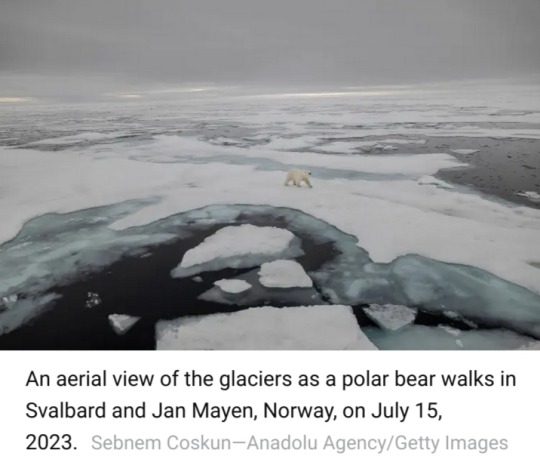
“The amount of body tissue they were burning to try and find those terrestrial foods was basically the same as what they’d get from eating those terrestrial foods,” Pagano says. “So there’s no actual benefit.”
The researchers were surprised to find that the bears were going through not just fat stores to compensate for the poor rations but lean muscle tissue too.
Pagano is not certain why their metabolisms would adopt that strategy, but he has some ideas.
“There's some thought that burning lean body mass might be more energetically efficient in some respects relative to burning body fats,” he says.
“Also, conserving their body fat might provide them better thermal regulation once the winter and the ice return.”
That seasonal freeze-over is shorter than it used to be — though not by a lot.

In the 1980s, polar bears were on land for about 110 days out of the year, with no need to eat terrestrial foods since the fat deposits they’d accumulate thanks to wintertime seal-hunting was enough to carry them the rest of the year.
Now they're off the ice for 130 days on average.
It’s a measure of the nutritional knife’s-edge on which the bears operate that just 20 days can make the difference between whether they live and thrive or starve and die.
The individuals most likely to perish when food supplies are poor are young adults — due to their less-developed hunting skills — and cubs, whose principal source of nutrition, their mother’s milk, can vanish in lean times.
“If females are fasting for extended periods, they will actually stop lactating,” says Pagano.
Full-grown bears are by no means immune to danger, however.
The authors cite earlier research predicting that the adult male population could decrease by 24% if the ice-free summer season increases to 180 days.
This is especially so given the enormous energy intake — about 22,500 calories per day — that the big males need to maintain their body weight.
Polar bears aren’t the only species menaced by these findings. Humans are in harm’s way too.
The more time bears spend off the ice and on land, the greater the likelihood they will wander into cities and towns in search of something to eat — and residents could easily be hurt or attacked if they get in the way of the hungry animals.
People might also even be seen as sources of prey.
“When polar bears are on land, they act like other bears and become omnivores,” says Pagano. “It does raise the potential for human-bear interactions.”
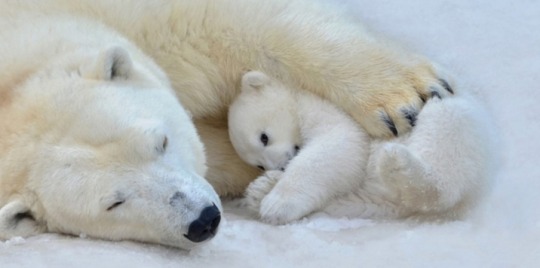

🆘🐻❄️🥺
#polar bears#sea bears#Ursus maritimus#U.S. Geological Survey#Manitoba#Canada#Nature Communications#climate change#wildlife conservation#food source#nutritional loss#animal health#marine mammals#Arctic Circle
9 notes
·
View notes
Text
When I die, I hope heaven is full of animals. I can’t imagine paradise to be real if I can’t at least hug a polar bear.
#animals#heaven#afterlife#paradise#eden#polar bears#extinction#environment#climate change#global warming
16 notes
·
View notes
Text


What is a Polar Vortex?
If you live in North America, and want to follow the cold weather, follow NOAA's Polar Vortex Blog
In recent years, most people have heard the phrase “the polar vortex”, which has made regular appearances in media headlines, often with an exciting, albeit sometimes ominous “Day after Tomorrow”, flavor:
“Get ready: here comes the polar vortex”
"Northeast U.S. latest to experience polar vortex temperatures”
“Polar vortex invades central U.S.”
“Polar vortex breaks record-low temps, snaps steel, empties cities”
But the “polar vortex” is not actually a synonym for “cold snap”; rather, it’s a well-known feature of Earth’s atmosphere that describes the high-altitude winds that blow around the pole every winter, miles above us in a region called the stratosphere...
https://www.climate.gov/news-features/blogs/polar-vortex/welcome-polar-vortex-blog
#polar vortex#climate#science#climate science#meteorology#weather#winter#climate change#arctic#nature
21 notes
·
View notes
Text
i honestly feel like the cis vs. trans debate depends on how we’re defining the terms. “trans” as in “no association with your agab whatsoever”? probably excludes a good sum of trans people. “cis” as in “only expresses their gender through stereotypical presentation and/or never experiments with the concept of gender”? probably excludes a good chunk of cis people. but this doesn’t necessarily conflict with or negate the cultural significance of being cisgender or transgender and labeling those experiences as such. cis and trans people obviously receive very different treatments and privileges, so it’s less about strictly defining what it means to be cis or trans and more about how these terms (as broad groupings) help us understand and identify where we stand. they’re communication devices first and foremost, not diagnoses. i hope that makes sense
#which is why i bagged on that post. the point of cis/trans/gay/straight/allo/ace is that they’re labels created to express a part of us and#describe experiences that impact our social power and how we are treated#straight and gay are incompatible as tangent labels not because they’re like polar opposites or because they’re different species or smthn#but because they are two different social classes at an institutional level#and because the words were created to identify this inequality. ‘straight’ literally means ‘exclusive opposite gender attraction’ which obvs#conflicts with the definition of gay. like to say you can be both is to say that these words are essentially meaningless and were invented#as borders that don’t actually exist. and there’s a sliver of a chance that in a different world this could be true#but right now in this political climate the distinction matters. abolishing and disregarding the meaning of these words literally helps#no one#having words and labels and language to express ourselves is very crucial so i’m really not interested in arguments that are essentially#‘i use words regardless of what they mean or the weight they carry because it doesn’t matter to me’’#besides if you told a gay person irl that they could be straight also or that there’s no difference between them and their oppressor they’d#fucking punch you lol#neon talks
27 notes
·
View notes
Text

11 notes
·
View notes
Text
13 notes
·
View notes
Text
9 months since I started publishing videos on YouTube!
Here are three of my favorites (in no specific order):
youtube
Subject: Climate Change
Animal: Polar Bear
youtube
Subject: Public Urination
Animal: Elephant
youtube
Subject: Existence
Animal: You
------------------------------------------------------------------------------
If you like these, please consider subscribing to me (Construct Breakdown) on YouTube. It would really help a lot.
Have a wonderful day either way :)
xoxoxo
#videos#small artist#small artist support#small artist blog#art#artwork#trippy#trippy hippy#politics#political#usa politics#climate change#american politics#climate#climate action#climate crisis#polar bears#cosmos#galaxy#space#trippy art#youtube#random#shitpost#shitposting#video#short videos#viral video#viral#trendingnow
6 notes
·
View notes